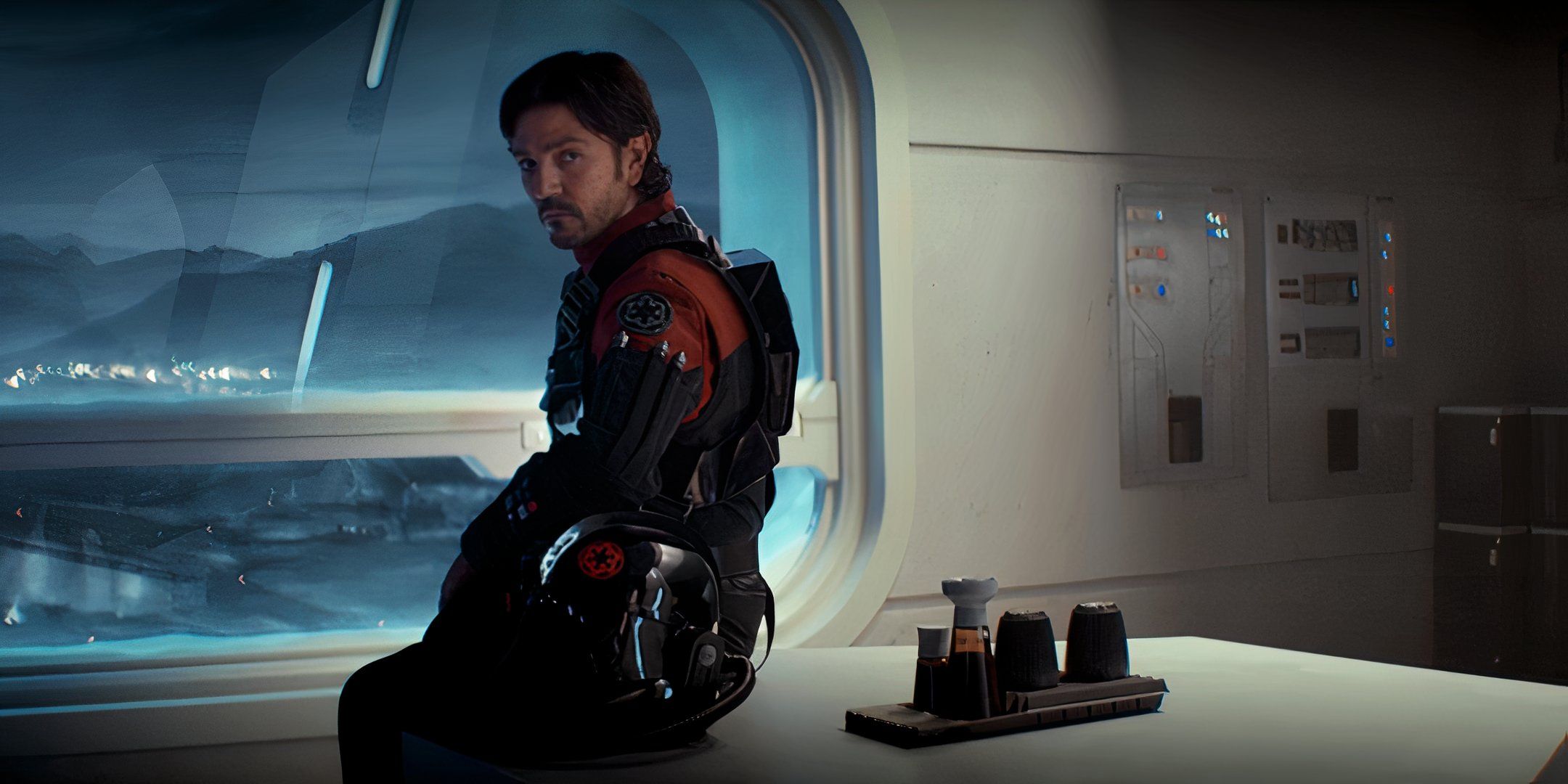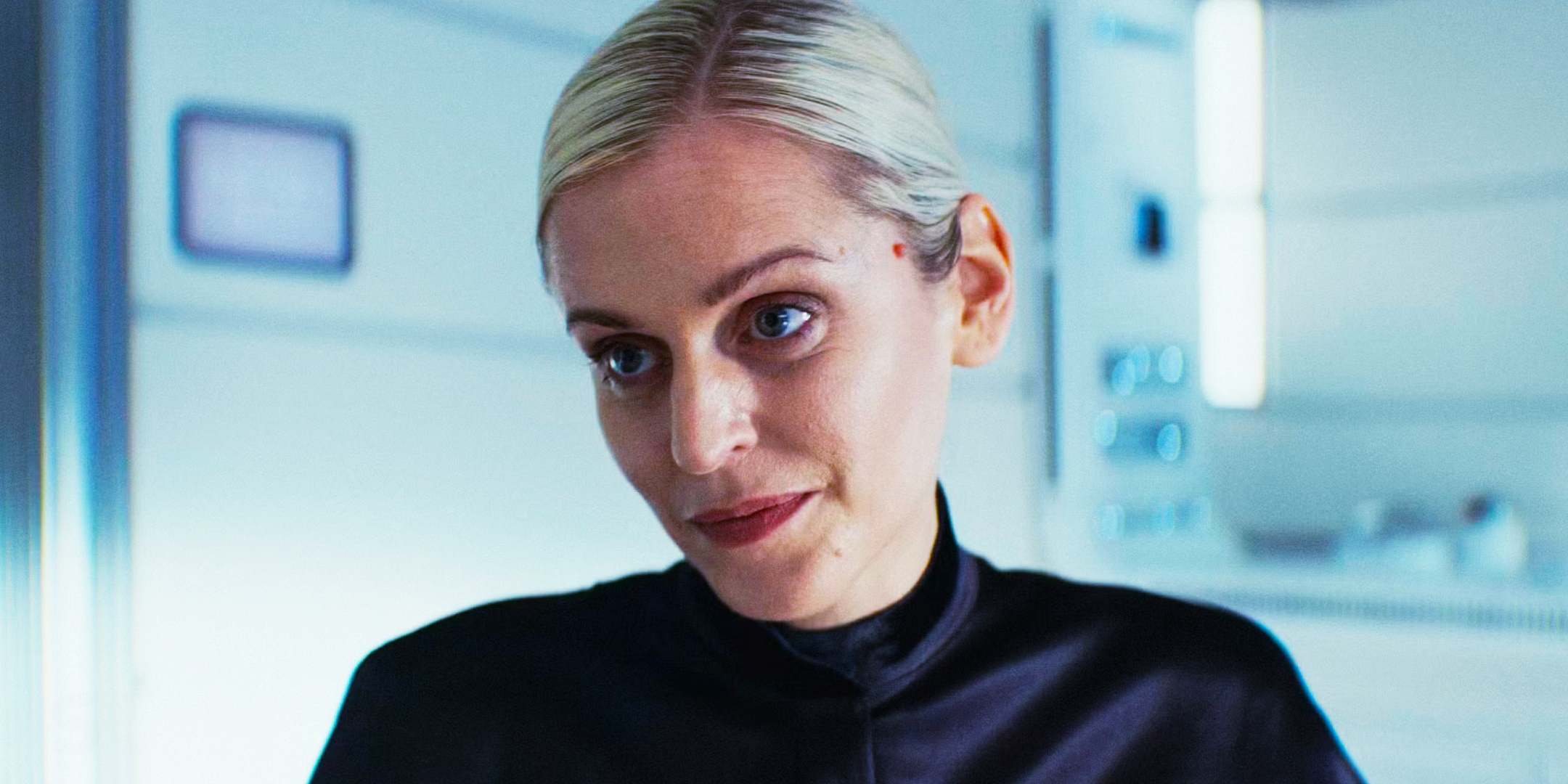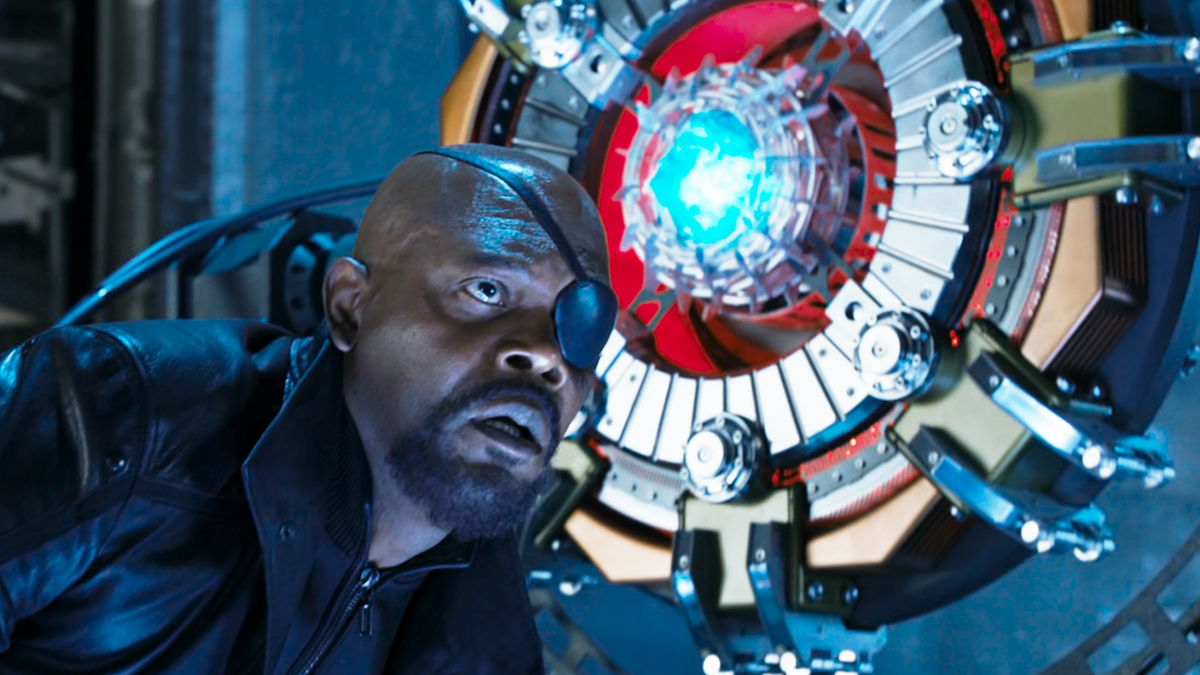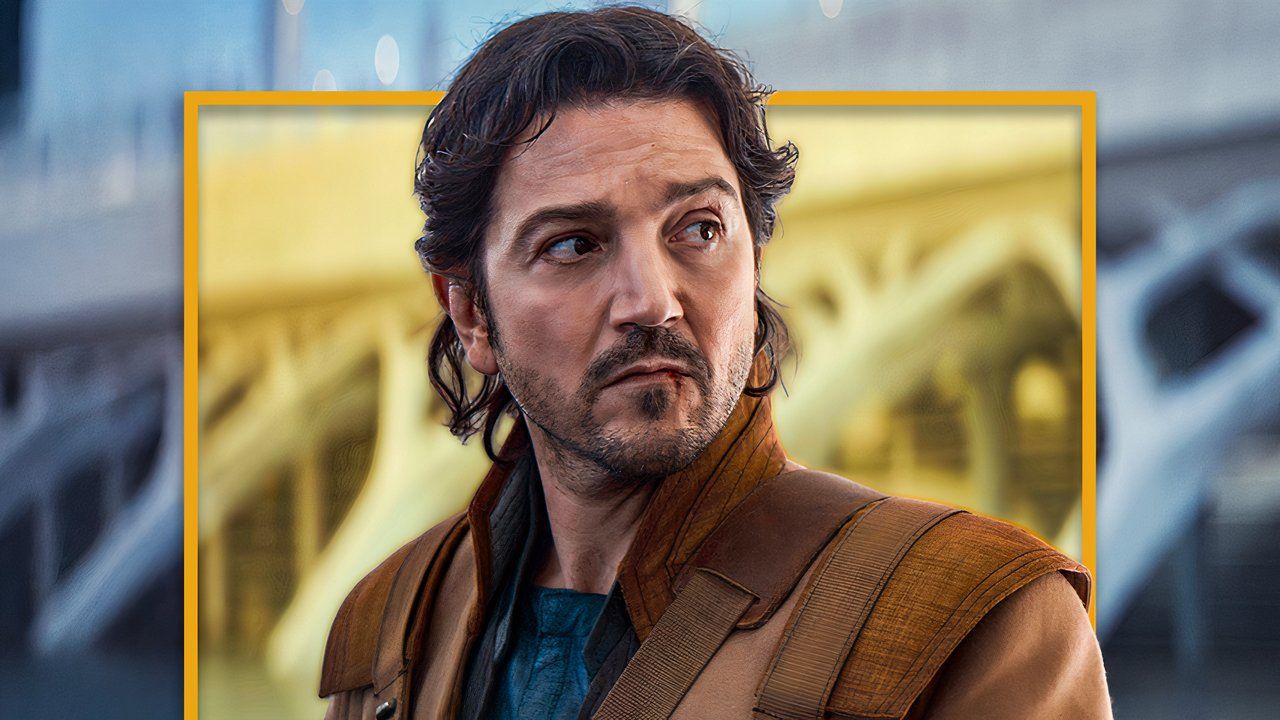Like most long-running franchises, Star Wars has several rules that it generally follows, but many of these were broken in season 2. While rules can create consistency between stories and maintain what makes a series special, they can also limit creativity and taking risks. Modern Star Wars movies and TV shows often struggle to strike this balance between what is the familiar and the unknown.
Of course, a Star Wars story's main job is to be good, and Andor season 2 excelled in this regard. It can feel very different from what fans typically expect of Star Wars, but it still exemplifies the franchise's core themes, and any changes are always in service of the story. Even so, 10 Star Wars rules were noticeably broken in Andor season 2 and are worthy of a closer look.
Andor doesn't feature a lightsaber in any of its 24 episodes, a notable departure from every other live-action Star Wars TV show. Many of the other shows are about Jedi and Sith, but even shows like The Mandalorian, The Book of Boba Fett, and Skeleton Crew eventually include at least one lightsaber. Andor could have featured one at the last minute, but it committed to its more grounded story about non-Force users.
Andor is noticeably darker, grittier, and more realistic compared to other Star Wars stories, and season 2 took things to the next level. The season had some of the darkest moments in the entire franchise, but it also had times when it experimented with style and structure. It was a refreshing change that the franchise needed and effectively served the story being told.

One of the unique aspects of Andor season 2 is how the season is structured. While it retains the three-episode arcs from the previous season, each one jumps forward a year, covering the remaining four years leading up to Rogue One: A Star Wars Story. Other Star Wars shows include time jumps between seasons, and some movies have one time jump in the story, but few projects have taken this approach.
Despite how quickly Andor season 2 covers four years, the show's pacing is still remarkably slow and purposeful. George Lucas was fond of saying "Faster. More Intense!" when directing the first Star Wars movie, but Andor takes advantage of a TV show to make its slow-burning drama work to its advantage. There are still moments where the pacing suddenly picks up, like when Cassian steals an Imperial ship in the first episode.
Although Andor season 2 is a fantastic prequel to Rogue One, seamlessly leading into the film, it doesn't always perfectly adhere to Star Wars canon. Some examples include Mon Mothma's speech about the Ghorman Massacre being different from Star Wars Rebels, even though the basic meaning is the same. Other examples are more obvious, like retconning how Cassian and K-2SO originally met in a Star Wars one-shot comic.
Because Andor reveals the dark realities of organizing a rebellion, it isn't afraid to flesh out its iconic characters in similar ways. Mon Mothma was always presented as a highly virtuous character who called out more extreme rebels, but in Andor, she's forced to compromise her morals and work with people like Luthen Rael. Even Bail Organa was given more flaws, having as much skepticism and even arrogance as the other rebel councilors.
Just as not all rebels are perfectly good, Andor also shows that not all Imperials are entirely evil. Star Wars has stories where the viewer understands why people join the Empire, but we rarely sympathize with them on a personal level. In Andor, we closely follow characters like Syril Karn and Dedra Meero, who either see the Empire's true nature too late or fail to realize that the system they served was perfectly willing to cast them aside.
Star Wars has always had dark and graphic elements (it is about war after all), but Andor has crimes that even Star Wars rarely shows. Perhaps the most notable example in season 2 is when an Imperial officer attempts to sexually assault Bix, which stirred a great deal of controversy. It makes sense for a darker drama to include these moments, but it's understandable why longtime viewers were taken off guard.
The worst crime the Empire committed was multiple genocides against different worlds and species. However, most of these were either shown from a distance, like Alderaan in A New Hope, or just mentioned, like Lasan in Star Wars Rebels. Andor spends the majority of season 2 building up to the Ghorman Massacre, which is shown up close and in horrifying detail.
While Star Wars undeniably has tragic elements, it almost always ends with some kind of redemption. Characters whose redemption was hinted at usually get one, or characters have a chance to make amends with each other before the end. , however, has many of its characters meet tragic fates or die without reconciliation, giving greater weight to the story and an ending that will always stick with viewers.












